Geneva plans futuristic brain and arts complex
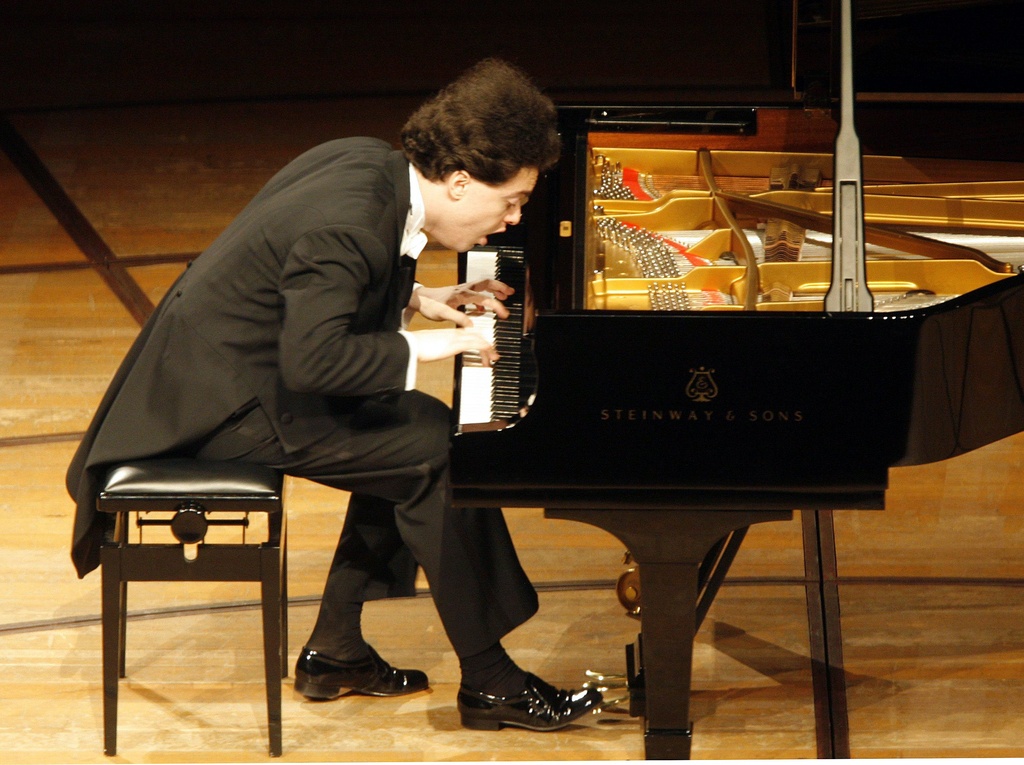
The very point where the Rhône and Arve rivers flow into each other in the centre of Geneva is set to become a unique rendezvous for neuroscientists and artists.
On Thursday the government presented a multi-million-franc project to regenerate the 11-hectare Jonction area, which will incorporate a new neuroscience-arts research complex, teaching facilities, accommodation and park.
Geneva is keen to expand its extensive neuroscience hub by forming 20 research teams to study the influence of the arts and creative processes on the human brain.
“Our ambition is to create a world-class research centre – a Cern of the 21st century,” Mark Müller, president of the Geneva government, told reporters.
As well as the new research complex, the government intends to regroup in one location the 1,400 students from Geneva University of Music (HEM) and Geneva University of Art and Design who are currently scattered across the city’s 14 sites.
Public areas, a park and walkways will also be built close to the rivers, together with exhibition areas, a media library and a “high-tech” 1,200-seater concert hall. The total budget for the public-private venture will be in the “hundreds of millions of Swiss francs”, say officials.
According to the authors of the project report, jointly developed by Geneva University and the University of Applied Sciences for Western Switzerland, the potential offered by the meeting of neuroscience and art is “immense”.
Possible new areas of research could include improving our understanding of how the brain functions when playing or listening to music, dancing or acting, either alone or in groups; the design of instruments; and the impact of art on emotions, cognitive learning and perception.
“What pleasures do we get from listening to music? What are the differences in perception for a listener that are innate or acquired? Some artists are worried that we want to start opening up their heads while they are playing an instrument, but that’s not the idea; it’s about posing the same questions together,” said Geneva University’s rector Jean-Dominique Vassalli.
Regional excellence
The Lake Geneva region is considered to be one of the top three study centres in Europe for neuroscience behind Oxford and Cambridge in Britain.
There is close cooperation and interaction between Geneva and Lausanne universities and university hospitals and the Federal Institute of Technology, Lausanne (EPFL), with over 150 neuroscience research groups.
Geneva currently boasts world-class facilities such as the Geneva Neuroscience Centre, the Swiss Centre for Affective Sciences and the Brain and Behaviour Laboratory (BBL), while Lausanne has the Centre for Biomedical Imaging and the EPFL’s Brain Mind Institute with its Human Brain Project, which aims to simulate the complete brain.
EPFL’s Blue Brain Project, the early version of the Human Brain Project, was proposed as a high-profile centrepiece for the Jonction site back in 2008, but it no longer features in the project literature.
Geneva officials say the Jonction complex remains “EPFL compatible”, however, and are optimistic about possible collaboration on the Human Brain Project if it receives European Union funding in 2012.
“What we are proposing here could represent one part of this Human Brain Project – the interaction between the arts and the brain,” said Vassalli.
Geneva is keen to continue to play a leading neuroscience role internationally, but has to extend existing facilities and regroup research teams working on cognitive and affective neurosciences scattered across the city. The BBL also needs a newer, bigger laboratory.
Bus hold-up
“Jonction is a magnificent site – probably one of the most beautiful in Geneva today – but it’s totally underexploited,” said Müller.
The tip of the popular district, which extends over the equivalent of 15 football pitches, is currently home to the city’s main bus depot, as well as several small businesses and artists’ workshops.
The issue of a new garage for the city’s buses, proposed near the airport, still needs to be resolved before the Jonction project can actually go ahead.
The Geneva parliament is due to decide at its next session. This will be followed by an architecture competition, carried out in close cooperation with local residents and artists.
If all goes to plan the buses will move in 2014, and the green public spaces will start emerging in 2015, followed by the first new buildings and students from 2018 onwards.
Switzerland has a fast-growing neuroscience community: the Swiss Society for Neuroscience has more than 1,000 members.
There is close cooperation and interaction between Geneva and Lausanne universities and university hospitals, and the Federal Institute of Technology, Lausanne, with more than 150 neuroscience research groups.
Zurich also has a joint neuroscience centre creating synergies between some 440 neuroscientists, or 100 research groups, at the Federal Institute of Technology, Zurich, and Zurich University.

In compliance with the JTI standards
More: SWI swissinfo.ch certified by the Journalism Trust Initiative

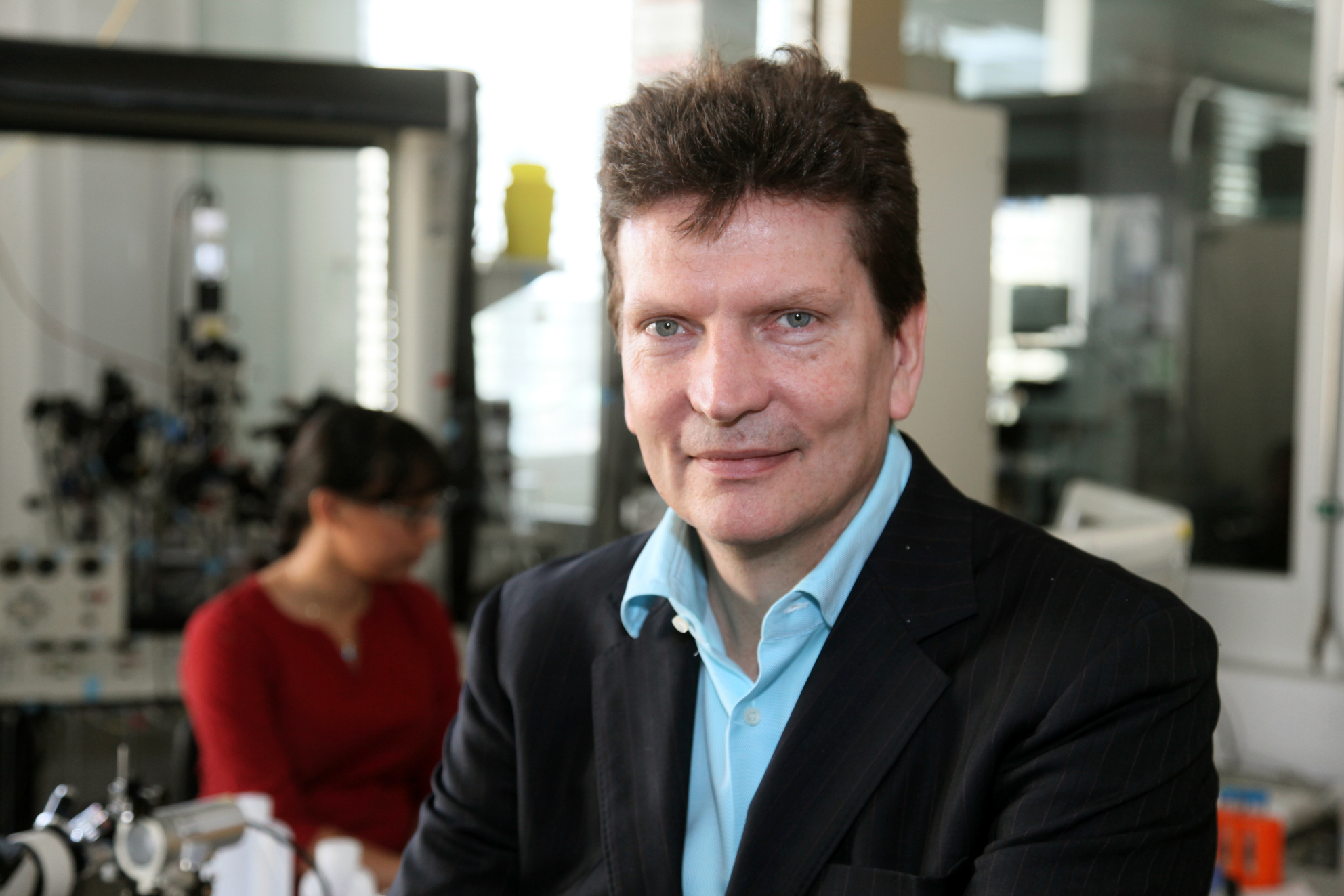
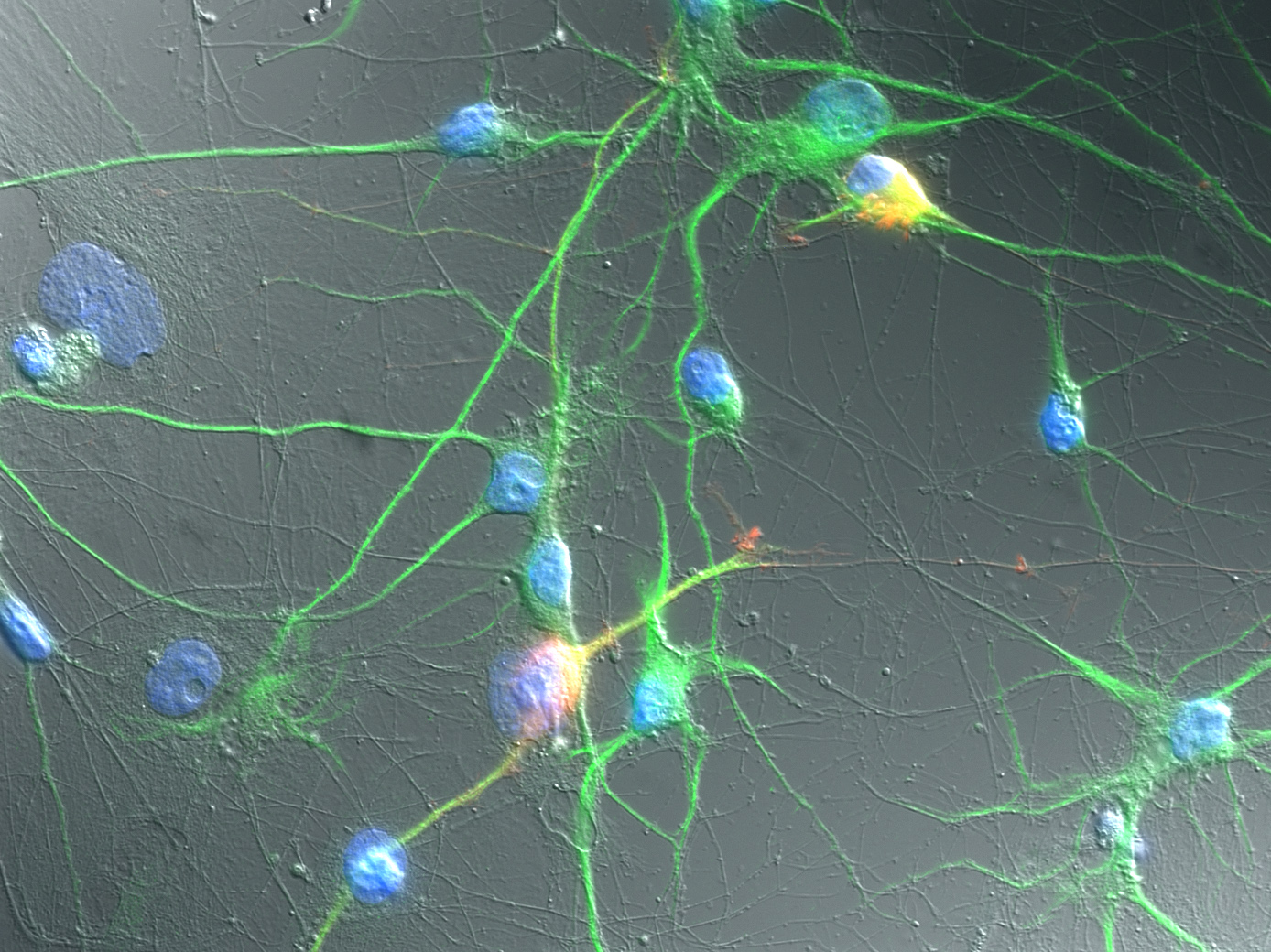
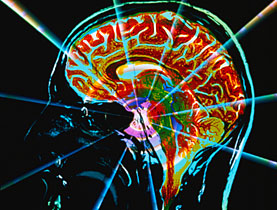
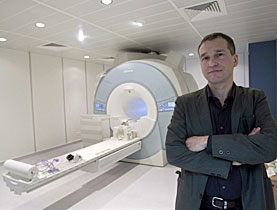

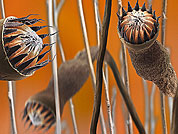
You can find an overview of ongoing debates with our journalists here. Please join us!
If you want to start a conversation about a topic raised in this article or want to report factual errors, email us at english@swissinfo.ch.